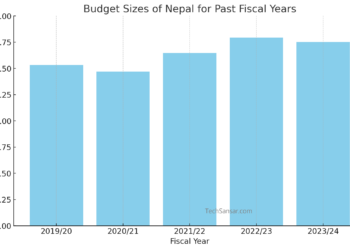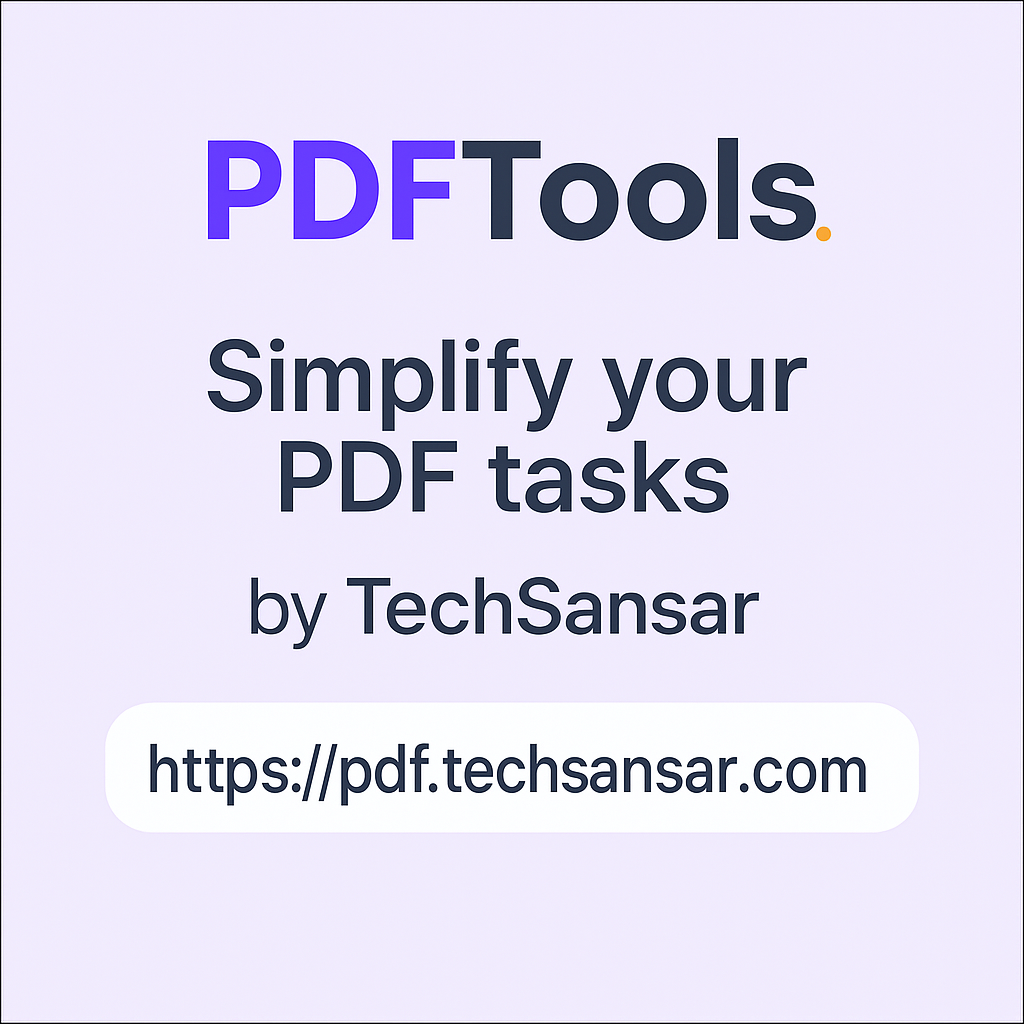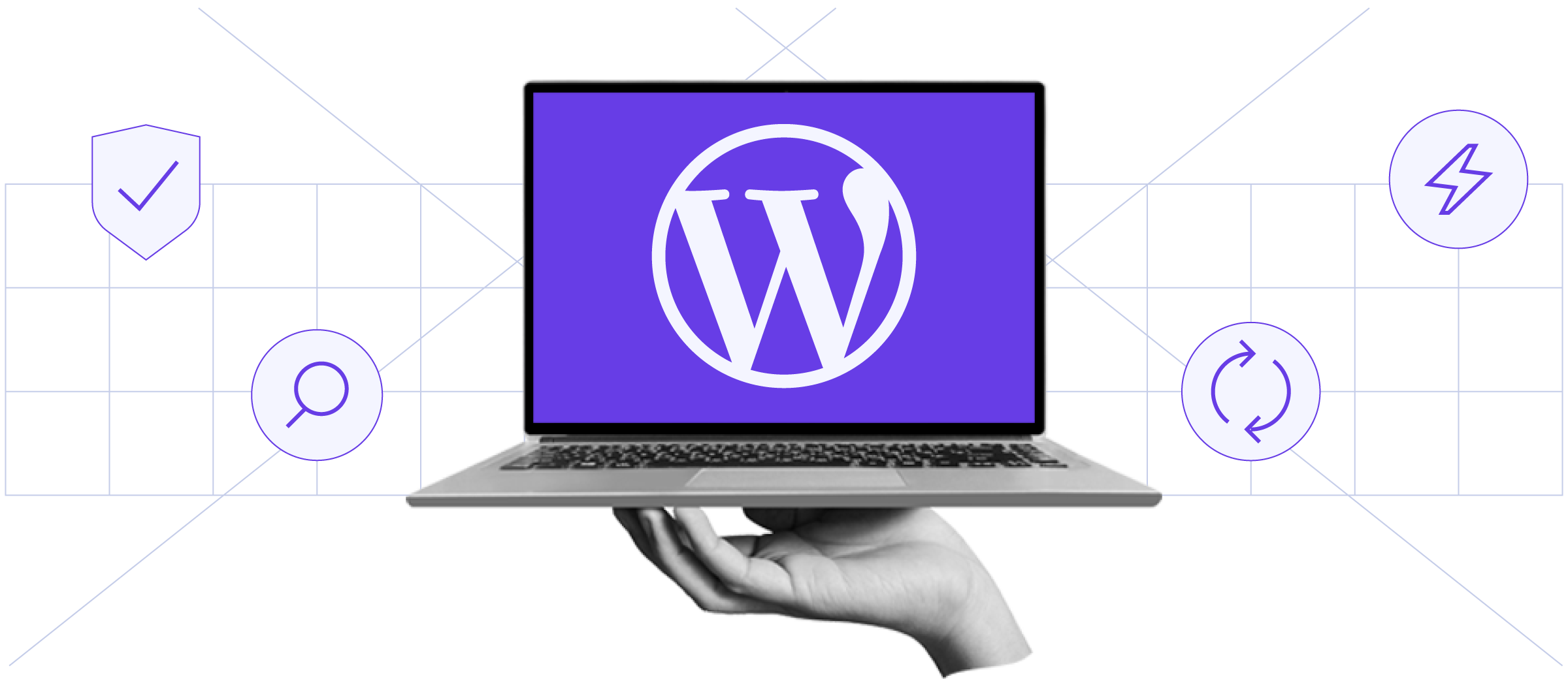
Microsoft’s Springboard series Insider has published a list of frequently asked questions (FAQs) on using and build of Windows 8. While they have already released the public preview and enterprise version evaluation of 90 days, it is a high time that you be acquainted with Windows 8 – the next generation of ultra light Operating System from Microsoft. If you haven’t already, we suggest you to check the Top features of Windows 8 and the Top lacking features of Windows 8 before you proceed on Frequently Asked Questions (FAQs) about Windows 8.
Does Windows 8 have two separate browser engines?
No. It’s one engine with two experiences. One that supports the plug-ins and one that does not. The experience was built by extending Internet Explorer’s underlying architecture to provide a fast, fully hardware-accelerated browsing engine with strong security and support for HTML5 and other web standards. Internet Explorer 10 is designed to make website interaction fast and fluid for touch as well as for heavy mouse and keyboard use. With Internet Explorer 10, websites participate in the Metro-style experience in Windows 8, including the Start screen, charms, snap, and more. Internet Explorer 10 also provides the best protection from malicious software on the web while providing convenient control over your online privacy. Learn more by reading “Web browsing in Windows 8 Release Preview with IE10” and the Internet Explorer 10 Overview for IT Pros.
What about Windows To Go? Will I be able to build my own Windows To Go stick with the eval?
Yes, Windows To Go is available in the Windows 8 Enterprise Evaluation. Once installed, search for Windows To Go and you are good to go. For details on requirements and supported hardware, visit www.microsoft.com/windowstogo.
What are the differences between Windows To Go and a typical installation of Windows?
Windows To Go operates just like any other installation of Windows with a few exceptions. These exceptions are:
| • | Hibernate and sleep are disabled by default. To help prevent Windows To Go from accidental data corruption during roaming, hibernate and sleep are disabled. They can be re-enabled by using Group Policy settings. | |
| • | Internal disks are offline. To ensure data isn’t accidentally disclosed, internal hard disks on the host computer are offline by default when booted into a Windows To Go. Similarly, if a Windows To Go drive is inserted into a running system, the Windows To Go drive will not be listed in Windows Explorer. | |
| • | Trusted Platform Module (TPM) isn’t used. When using BitLocker Drive Encryption, a pre-operating system boot password will be used for security rather than the TPM since the TPM is tied to a specific computer and Windows To Go drives will move between computers. | |
| • | Windows Recovery Environment isn’t available. In the rare case that you need to recover your Windows To Go drive, you should re-image it with a fresh image of Windows. | |
| • | Push-Button reset isn’t available. Resetting to the manufacturer’s standard for the computer doesn’t really apply when running Windows To Go, so the feature was disabled. | |
| • | Windows To Go drives can be booted on multiple computers. During the first boot on a computer, Windows To Go will detect all hardware on the computer and install drivers. When returning to that computer, Windows To Go will identify the computer and load the correct drivers automatically. Users can do this on multiple computers with the same Windows To Go drive enabling the ability to roam between them. | |
Again, more information on Windows To Go is available at www.microsoft.com/windowstogo.
What happened to Media Center?
It’s not gone. Read Steven Sinofsky’s blog post, “Making Windows Media Center available in Windows 8” for more information.
How do I manage client access to the Windows Store, and what is sideloading?
IT administrators can control the availability and functionality of the Windows Store to client computers based on the business policies of their enterprise environment. Sideloading, which is available in both Windows 8 Release Preview and Windows Server 2012, refers to installing apps directly to a device without going through the Windows Store. Line of business (LOB) apps do not need to be certified by Microsoft and cannot be installed through the Windows Store, but they must be signed with a certificate chained to a trusted root certificate. We recommend that IT administrators use the same technical certification that is done by the Windows Store for all LOB apps.
Can I upgrade my Windows 7-based computer to Windows 8 with BitLocker enabled?
Yes. To upgrade from Windows 7 to Windows 8 Release Preview without decrypting the operating system drive, open the BitLocker Drive Encryption Control Panel item in Windows 7, click Manage BitLocker, and then click Suspend. Suspending protection does not decrypt the drive; it disables the authentication mechanisms used by BitLocker and uses a clear key on the drive to enable access. Proceed with the upgrade process by using your Windows 8 Release Preview DVD. After the upgrade has completed, open Windows Explorer, right-click the drive, and then click Resume Protection. This reapplies the BitLocker authentication methods and deletes the clear key. Check out the BitLocker FAQ for more on this topic.
Where can I learn more about new Group Policies in Windows 8?
Group Policy for Windows 8 and Windows Server 2012 can be found on official Windows Server library here. Group Policy is an infrastructure that allows you to specify managed configurations for users and computers through Group Policy settings and Group Policy Preferences. For Group Policy settings that affect only a local computer or user, you can use the Local Group Policy Editor. You can manage Group Policy settings and Group Policy Preferences in an Active Directory Domain Services (AD DS) environment through the Group Policy Management Console (GPMC). Group Policy management tools also are included in the Remote Server Administration Tools pack to provide a way for you to administer Group Policy settings from your desktop.
Whenever the GPMC is installed, whether on servers or client computers, the Windows PowerShell module is also installed. You have full Windows PowerShell functionality. If you install the Remote Server Administration Tools pack, the latest Windows PowerShell cmdlets for Group Policy are also installed. For more information about Windows PowerShell cmdlets and scripts that you can use to manage Group Policy.
What is this I am reading about virtual smart cards in Windows 8?
Virtual smart cards emulate the functionality of traditional smart cards, but use the TPM chip available on many organizations’ computers rather than requiring the use of a separate physical smart card and reader. Virtual smart cards involve technical, functional, security, and cost differences with conventional smart cards. To the end user, the virtual smart card is a smart card that is always available on the computer. If a user needs to use more than one computer, a new virtual smart card must be issued to the user for each computer. Also, a computer that is shared among multiple users can host multiple virtual smart cards, one for each user. Conventional smart cards and TPM virtual smart cards offer comparable levels of security. TPM virtual smart cards can be deployed with no additional material cost, as long as employees have computers with built in TPMs. For more information, see Understanding and Evaluating Virtual Smart Cards.
Where can I get support for the Windows 8 Release Preview and Windows 8 Enterprise Evaluation?
The Windows 8 Forums on TechNet are your best bet. From installation to security and virtualization, there are tons of engineers and community experts waiting to answer your questions.
Hopefully, this answers some of the questions you may have about Windows 8. I will continue to add to this list and publish more resources over the next few months as we move towards general availability in October.
You can get Windows 8 Enterprise Evaluation FAQ from TechNet Evaluation Centre here. So, do share your frequently asked questions about Windows 8 with the community now.







